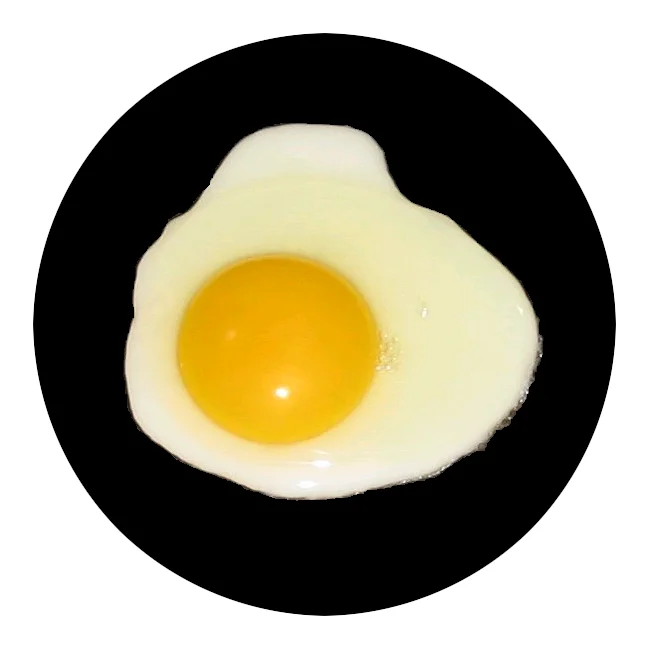Blog
How Greed Kills Conversions
Many websites evolve to get too busy. This happens even with the best of intentions. Here’s what happens—
1: They look at their email marketing platform report and see that historically shoppers who signup for newsletters have a higher lifetime value, so they add a giant popup to drive up newsletter sales.
2: They look at their Google Analytics data and see that their sale page produces a conversion rate that’s 5x site average so they replace the sale page link on top navigation with a blinking one to make sure shoppers see it.
3: They look at their top 10 selling items and realize only 25% of shoppers see them so they display thumbnails of top 10 sellers right on homepage.
4: Looking at historical performance in Google Analytics reveals site search is an important conversion catalyst, it both drives up conversions and average order value, but is used by only 7% of site visitors. So they make a floating search bar that is always anchored on top of page, making it impossible to miss.
5: They test using live chat, see it performs well and add a floating “Click for Live Help” tab to the right edge of each page.
6: They read a case study about how SteelHouse helped Creative Labs improve holiday season conversion rates 245% so they add the SteelHouse widget to their site.
Individually, these enhancements are all good ideas because they’re based on actual data. However, in our quest to maximize everything we end up with a website that’s too busy and ineffective. A delicious meal is delicious because of the harmony of its individual ingredients. Tripling the quantity of its top 5 ingredients will not make it more delicious; it’s likely to do the opposite. So what’s the solution? Focus on one goal per visitor scenario— select the one thing you want a first time visitor to see, optimize for that. Select the one thing you want a repeat visitor (who hasn’t made a purchase) to see and optimize for that. Select the one thing you want a repeat buyer to see and optimize for that. Select the one thing you want to show someone who starts and quits from checkout and optimize for just that. Select the one thing you want to show someone who visits on a mobile device and optimize for that.
Basically, instead of showing 4 things on a page for 4 shopper scenarios, isolate the shopper scenario first and show them one thing that is guaranteed to produce results.
Once you master the art of focusing on one goal per visitor scenario you can start breaking up scenarios into sub-scenarios. For example, starts and quits from checkout can be broken into cart page abandons and shipping/billing page abandons.




Comments 1
Hi Rishi,
I really appreciated that you not mentioning my name directly when talking about my website!
.. in any case, just wanted to let you know I really appreciate your newsletter.
Regards, Mark Handicappedpets.com
Reply